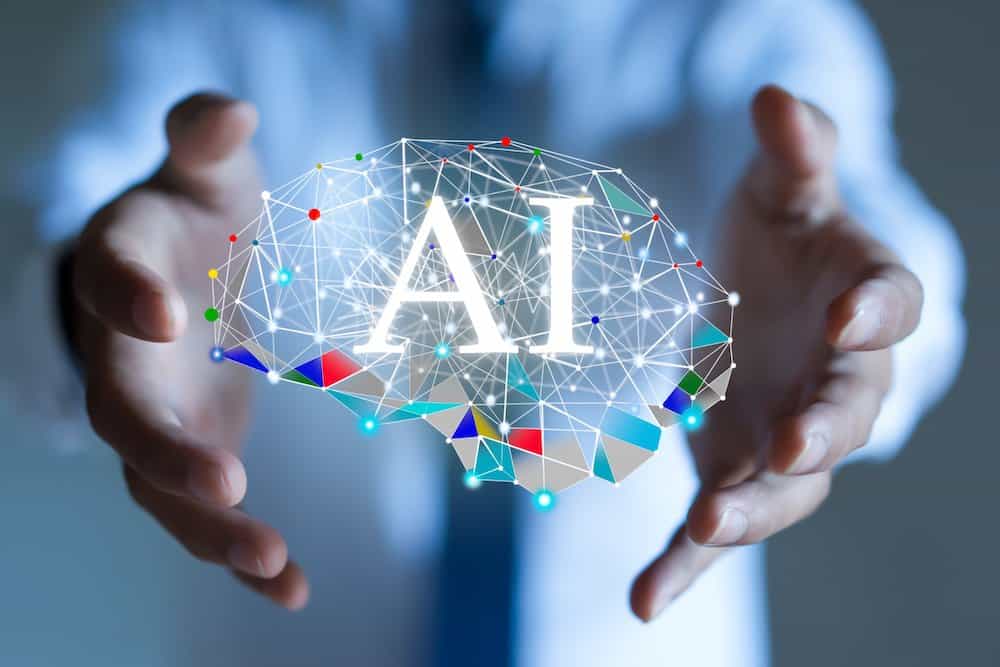During some health journeys, a critical physiological change may go unnoticed. At that stage, neither the patient nor the provider senses a symptom or concern. Traditional care models await complaints or visible decline before intervening. By then, the opportunity for low-cost prevention may already be lost.
AI solutions are emerging to help identify those changes that may be imperceptible to humans. Yet if not implemented correctly into a connected health platform, the AI could end up overlooking or identifying concerning indicators too late. Instead, an optimally positioned “intelligent layer” within platforms can identify early risk markers instead of reacting to worsening symptoms. The system can operate quietly in the background and raise alerts when meaningful changes occur.
This is not just a theoretical concept. It is already being implemented in remote care and chronic disease management settings. By integrating real-time monitoring with AI and context-aware analysis, providers can offer more effective care while reducing the burden on clinical teams.
From Raw Alerts to Meaningful Insight
Traditional remote patient monitoring tends to rely on fixed thresholds to generate alerts. That approach can lead to excessive false positives and lacks nuance. The intelligent layer detects patterns across time and context. For instance, a decline in daily steps, a missed blood pressure measurement, and changes in sleep duration may never trigger an alert on their own. When evaluated collectively by the intelligent system, however, they may signal a rising risk.
The intelligent layer supports exception-based workflows to ensure that care teams receive alerts only when truly significant events occur. This focus enhances efficiency, reduces alert-fatigue, and accelerates the identification of patients requiring intervention.
The intelligent layer also enables scalable personalization without adding complexity for providers. AI platforms learn what is normal for each individual and evaluate deviations accordingly. For example, if a patient typically has a resting heart rate around 56 and it increases to 70, that may be a cause for concern even if it remains within general clinical norms.
This personalized insight builds trust and engagement among patients who receive timely, relevant outreach and feel supported. Such a patient/provider relationship encourages better adherence and leads to improved outcomes.
A Workforce Multiplier
The U.S. continues to face a growing shortage of physicians. The Association of American Medical Colleges projects a deficit of up to 86,000 doctors by 2036 due to demographic shifts and physician retirements. The intelligent layer does not replace human clinicians. Instead, it acts as a filter for the signal, enabling providers to manage larger panels without sacrificing quality.
Instead of examining every piece of incoming data, care teams are provided with targeted, actionable insights. This boosts productivity and allows for more prompt interventions.
Beyond individual care, the intelligent layer enables organizations to shift from reactive to proactive care models. Health plans can analyze population trends and identify risk clusters early. Employers providing virtual care can detect declines in engagement before they impact employee health. Public health agencies can also utilize aggregate data to inform resource allocation and intervention strategies.
This aligns closely with value-based care objectives. For example, Medicare Shared Savings Program accountable care organizations collectively generated $3.1 billion in shared savings payments in 2023 while $2.1 billion was retained by Medicare. These results demonstrate how proactive, outcomes-focused care delivers measurable clinical and financial benefits.
Designing an Ethical Foundation
As AI assumes a more central role in care delivery, transparency and responsibility must guide its application. Intelligent systems require training on diverse datasets, explainable outputs, and mechanisms for human override. Patients should have opt-out options, and oversight protocols must be established.
These safeguards are not impediments, but rather foundations for trust. The goal is not to automate clinical judgment, but to enhance it with earlier, more accurate signals.
Healthcare was designed to respond to illness, not to anticipate it. The intelligent layer offers a different approach. By detecting subtle signals, interpreting them early, and escalating only the most critical insights, it helps prevent crises before they arise.
This transformation is already in progress. Connected platforms enable patients to stay independent longer, decrease avoidable hospitalizations, and achieve better outcomes at a lower cost. The technology is already operational, so the next step is to expand it responsibly and widely.
We no longer need to wait for symptoms. We can act upon signals. Organizations that embrace this model will lead the next generation of healthcare that is more timely, personal, and sustainable for all parties.

Kent Dicks
Kent Dicks is Founder and CEO of Life365.







